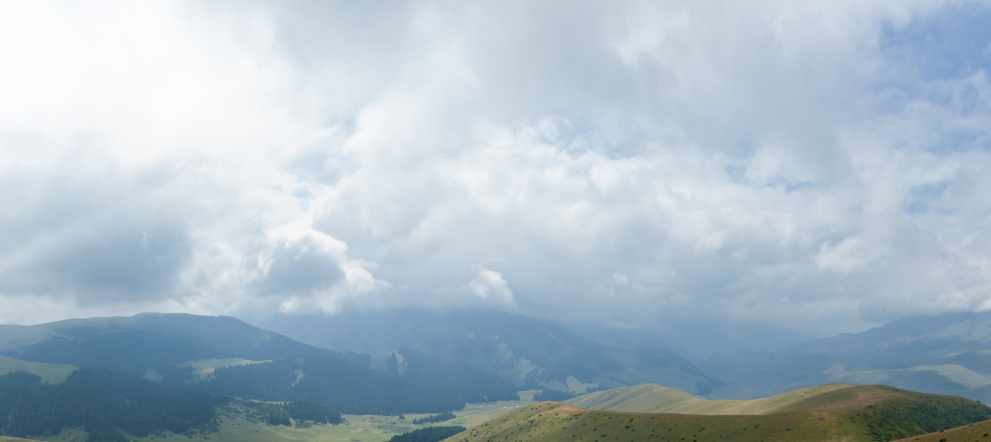




A variety of motifs associated with the cross/crosspiece is the most widespread pattern in world culture related to the sun signs. The most popular and oldest of them is the cross/swastika, and experts refer to the equilateral version of this figure as the symbol of Tengriism.
The cross is found on historical artefacts from India, Greece, Eastern Europe, from the Baltic to the Balkans. It has a wide range of symbolic meanings.
The Kazakh “törtqulaq” (literally “four ears”) is a geometric figure based on a cross, and the four crosses can usually be formed from plant, geometric or zoomorphic elements.
In Kazakh culture, this ornament most likely represents the four sides of the world as well as the four elements of the universe and the elements – earth, air, fire, water. Most often this pattern is used to fill the central part of a carpet, in the decoration of architectural constructions and jewellery art. “Törtqulaq” as the main motif in the central field of tufted carpets, as the cross of the qosmuiz pattern, is a symbol of stability and immutability, of the richness of earthly life. In architecture (as in the mausoleum of Kh. A. Yasawi) and in jewellery art, it most closely conveys the union of all four elements of the universe.
However, there are several variations: The swastika rotating counterclockwise is a symbol of the underworld. Accordingly, the clockwise rotating swastika is a symbol of earthly life.


